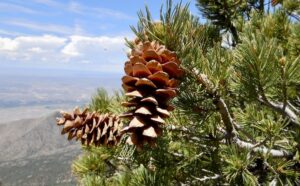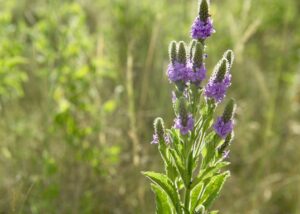Juniper
The many species of junipers fall into two major categories: the tree junipers and the low growing or creeping junipers. They are all similar in the way they are used. Tree junipers can grow up to 30 feet tall and create huge juniper forests, especially in Colorado, New Mexico, Utah and Nevada. Creeping (aka ground) junipers generally stay below 2 to 3 feet and spread out horizontally at higher elevations under mountain pine and fir forests. They all produce succulent berry-like cones that turn from green to blue as they mature. They are dioecious plants meaning males and females are on different plants and only females produce ‘berries’.
It is widely known that types of juniper are used by indigenous people for ceremonial purposes all over North American, to purify body, mind and spirit. It is less well known that juniper (often incorrectly, but commonly, called cedar) is also used as an important medicinal plant. A tea made from the berries is used primarily to treat urinary tract (kidneys, bladder, urethra, etc. ) infections, it is also given to the sick and elderly to promote appetite. The ‘berries’ are known to stimulate hydrochloric acid and peptic enzymes when chewed just before eating, which makes you hungry. In ancient times they were used as a contraceptive.
One species (one-seeded juniper) was an important food, the seed inside the berry being high in protein. The berries of creeping juniper were used as a spice on meat, and today people use them to make gin.






